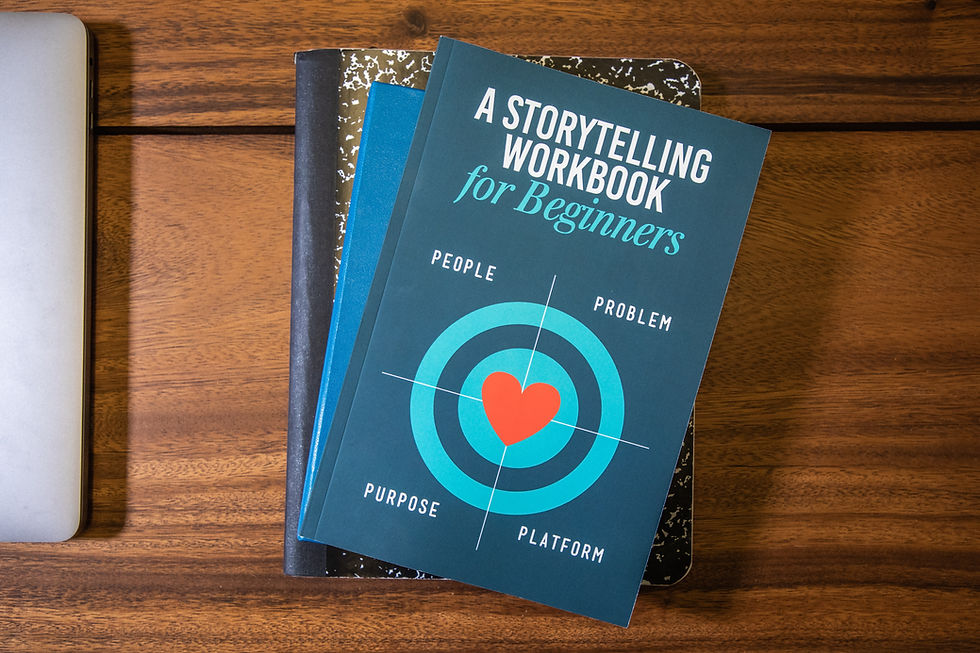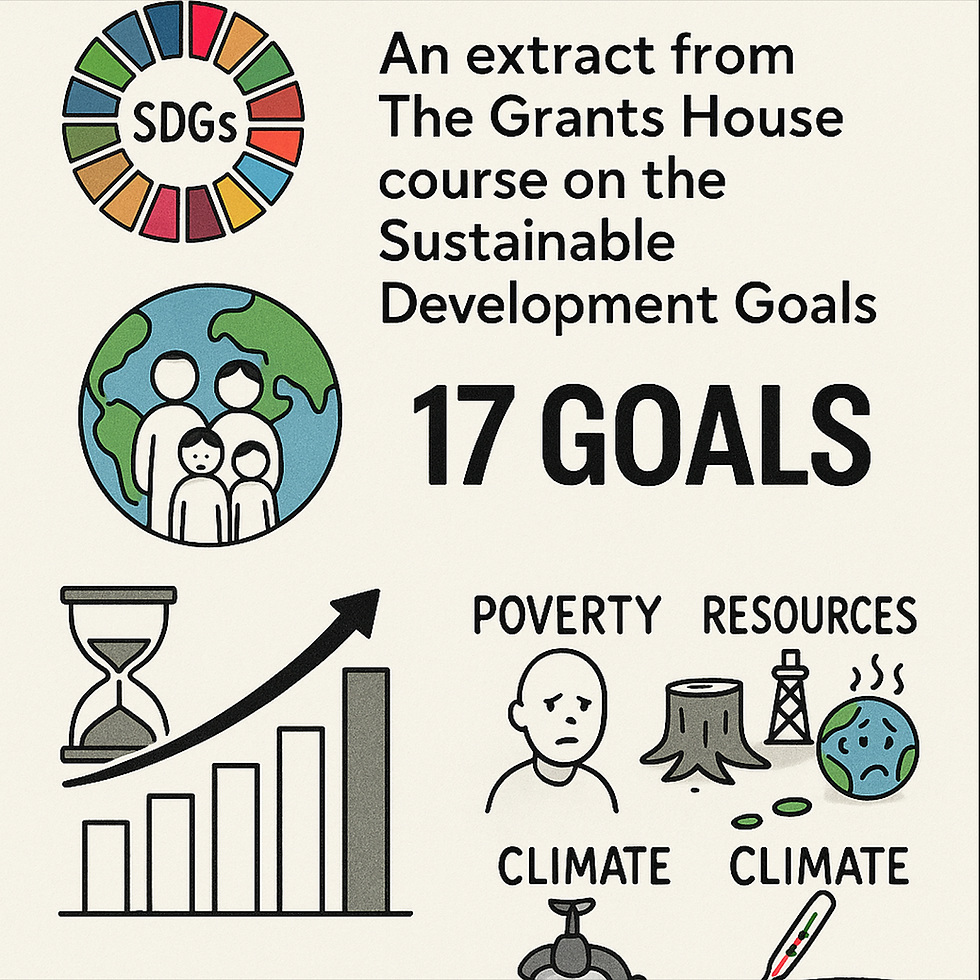Donor Mapping: The Journey is On
- Philip

- Feb 27, 2024
- 4 min read
A Guide to Boosting Your Grants Opportunities
When it comes to securing grants for your organization, donor mapping plays a crucial role in identifying potential funding sources and maximizing your chances of success. In this comprehensive guide, we will delve into the intricacies of donor mapping and provide you with invaluable insights and strategies to out-perform other agencies and acquire grants effectively.

Understanding Donor Mapping: Donor mapping is the process of identifying and categorizing potential donors based on their interests, geographic location, funding history, and priorities. By mapping out potential donors, you can tailor your grant acquisition efforts, ensuring that your organization's vision aligns with their objectives. This targeted approach significantly enhances your chances of securing the much-needed funding.
The Importance of Detailed Research: To effectively implement donor mapping strategies, thorough research is imperative. By conducting in-depth research, you gain a comprehensive understanding of potential donors, their funding patterns, who they fund, and their preferred causes. This knowledge allows you to customize your proposals and approach, increasing the likelihood of success in the competitive grant landscape.

Key Steps in Donor Mapping
Define your organization's objectives: Before embarking on donor mapping, it is crucial to clearly define your organization's mission, goals, and the areas that require funding. This clarity will guide your research and help identify donors whose interests align with yours.
Compile a list of potential donors: Start by researching local, national, and international foundations, corporations, government agencies, and philanthropic individuals who have previously funded projects or agencies similar to yours. Online databases, such as GrantWatch, Grant Connect, Foundation Directory Online, and GuideStar, can be immensely helpful in this process. If you're working in Canada, the Federal Global Affairs Canada (GAC) maintains a pipeline of projects online that you can check out.

Segment donors based on criteria: Once you have a list of potential donors, segment them based on relevant criteria such as funding history, geographical preferences, specific causes they support, and their application process requirements. This segmentation will enable you to prioritize your efforts and approach each segment with a tailored proposal. You don't need any fancy tools. Excel or a similar spreadsheet will work well, with drop-down menus, to maintain a long-list of potential donors that you can sort according to different criteria and sectors.

Conduct in-depth research on shortlisted donors: Keep a long-list of donors but make sure to break those down into a preferred short-list, where you will direct your attention and resources. For each shortlisted donor, dive deeper into their background, funding patterns, and priorities. Familiarize yourself with their annual reports, previous grant awards, who they have funded before, and any given guidelines for prospective applicants. This information will empower you to craft compelling proposals that resonate with their values and vision.

Develop relationships: Donor acquisition is not just a transactional process; it involves building meaningful relationships with potential donors. Attend relevant conferences, workshops, and networking events to connect with key decision-makers and showcase your organization's work. Building trust and rapport through genuine interactions can significantly enhance your chances of securing grants. In developing a grants strategy, The Grants House always recommends creating an 'influence strategy' alongside it. This means investing in your people, your agency brand and the sector in which you work (e.g. research, knowledge generation, etc.). Networking, positioning and getting that all-important seat at the table with your peers are all part of influencing your external environment.
Tailor your proposals: Every donor is unique, so it is crucial to customize your proposals based on their specific requirements and priorities. Highlight how your project aligns with their mission and highlight the impact it will create in their focus areas. Tailoring your proposals demonstrates your dedication and understanding of their goals and increases the likelihood of receiving funding.

Craft a compelling case: As you develop your proposals, focus on storytelling to create a compelling case for support. Clearly articulate the problem you aim to solve, the innovative approach you will take, and the measurable outcomes you anticipate. By painting a vivid picture of the impact, you will captivate potential donors and differentiate your organization from others.

Follow up and nurture relationships: After submitting your proposals, follow up with potential donors to express your gratitude for their consideration. Provide any additional information requested promptly and stay engaged by sharing updates on your organization's progress. Maintaining a nurturing approach will foster long-term relationships, increasing your chances of repeated funding in the future. Remember that donor relationships should not be 'transactional' in nature. Keep in contact before and after any concrete grant engagements. If you're interested in expanding your technical knowledge in communicating with donors, check out The Grants House online University 2-part short-course on Strengthening Donor Communications 201 at: www.thegrantshouse.com/ghuniversity.com
Conclusion
Donor mapping is an indispensable tool for grant acquisition success. By meticulously researching potential donors, segmenting them based on specific criteria, tailoring your proposals, and building relationships, you can optimize your chances of securing funds. Remember, donor acquisition is an ongoing process that requires dedication, adaptability, and genuine connection. By implementing the strategies outlined in this guide, you will be well on your way to out-performing other agencies and acquiring the grants necessary to drive your organization's mission forward.

Dr. Philip A. Tanner
CEO/Founder
The Grants House
Don't forget to check out The Grants House online training to enhance your organization's skills in Grants Acquisition and Compliance @ www.TheGrantsHouse.com/ghuniversity






Comments